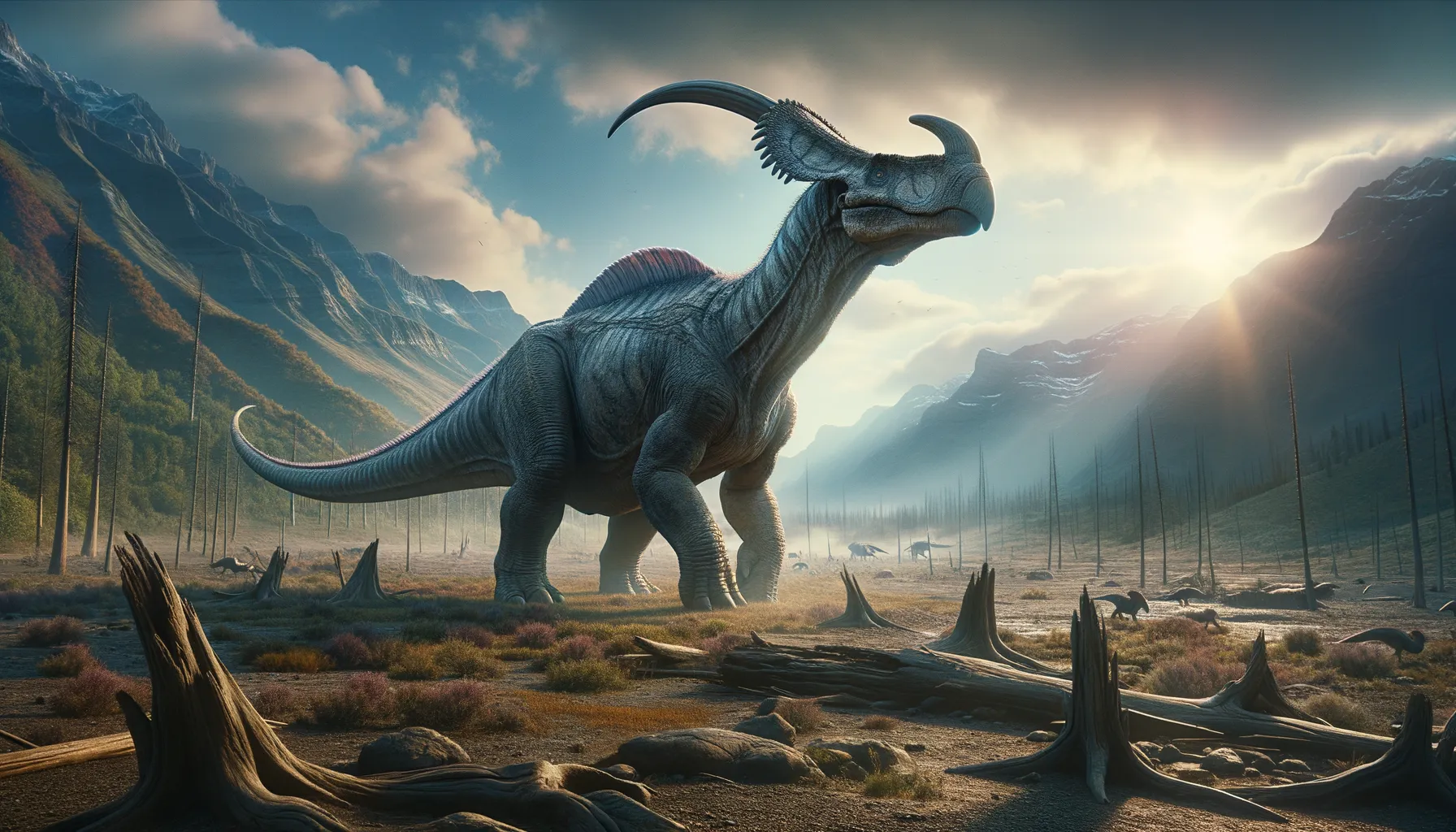
Apatodon
A prehistoric puzzle waiting to be solved.
Period
Jurassic
Length
Length remains undetermined with very few fossils found.
Height
Height specifics are unavailable due to fragmentary fossils.
Weight
Exact weight is unknown, but assumed to be large.
Apatodon is a genus known only from limited fossil evidence, and much of its characteristics are speculative. Initially described in the 19th century, this dinosaur was thought to have roamed during the Jurassic period. Due to the scant remains, scientists have had difficulty piecing together its precise appearance and habits. It's believed to have shared its environment with other large dinosaurs, contributing to the sparse but intriguing prehistoric puzzle.
Diet
Given the fragmentary nature of the fossils, it is assumed that Apatodon might have been a herbivore. If it shared attributes with known sauropods or other herbivorous dinosaurs, its diet may have consisted of plant matter like ferns and conifers.
Hunting
With little evidence, its hunting behavior cannot be confirmed. If herbivorous, it would not have needed to hunt but rather forage.
Environmental challenges
Like other dinosaurs during the Jurassic, it likely faced environmental changes such as fluctuations in vegetation and climate. If it was a large herbivore, it might have faced competition for food resources. Additionally, potential predators would have posed a constant threat, necessitating defensive adaptations or behaviors.
Speed
Apatodon is largely a mystery, but if it's similar to other large, herbivorous dinosaurs, it likely moved slowly.
Lifespan
Unknown due to scarce fossil evidence.
First discovery
First described by O.C. Marsh in 1877, but remains are limited.
Fun Facts
- Apatodon is a relatively obscure dinosaur that was named in the late 19th century by famous paleontologist Othniel Charles Marsh.
- The name 'Apatodon' means 'deceptive tooth,' due to the peculiar characteristics of its fossilized teeth.
- There is some debate among scientists about the correct classification of Apatodon, with some considering it a dubious genus.
- The fossil evidence for Apatodon is very limited, with only teeth initially described by Marsh.
- Apatodon adds to the excitement and mystery of paleontology, showing how much is still to be discovered about the age of dinosaurs.
Growth and Development
Details of its growth stages remain unknown. If it followed patterns similar to other large dinosaurs, it may have experienced rapid growth in early years. Long-lived species would have potentially reached growth plateaus before fully maturing.
Habitat
Apatodon's exact habitat is not well-defined, but it may have lived in floodplains or forested areas of the Jurassic. Such environments would have provided ample vegetation needed for sustenance. Water sources likely played a crucial role in their chosen habitats.
Interaction with other species
With limited fossil evidence, interactions with other species remain speculative. It could have cohabitated with other dinosaurs, but the nature of these interactions is not known. Competition for resources would have been a probable interaction.
Natural lifespan
Lifespan details are speculative without more fossil evidence.
Reproduction
Reproductive habits are unknown, but if similar to other dinosaurs, it might have laid eggs. Nesting behaviors remain a point of conjecture without supporting fossil evidence.
Social behaviour
Assumed social behavior is speculative due to lack of evidence. It might have moved in herds, a common trait for protection among herbivorous dinosaurs. Social structures remain unknown without further fossil information.
Fossil locations
Fossil remains, though limited, have been found in North America. The precise locations of these discoveries have contributed to paleontologists' understanding of the area during the Jurassic period. Further findings would be necessary to solidify any conjectures about its range.
